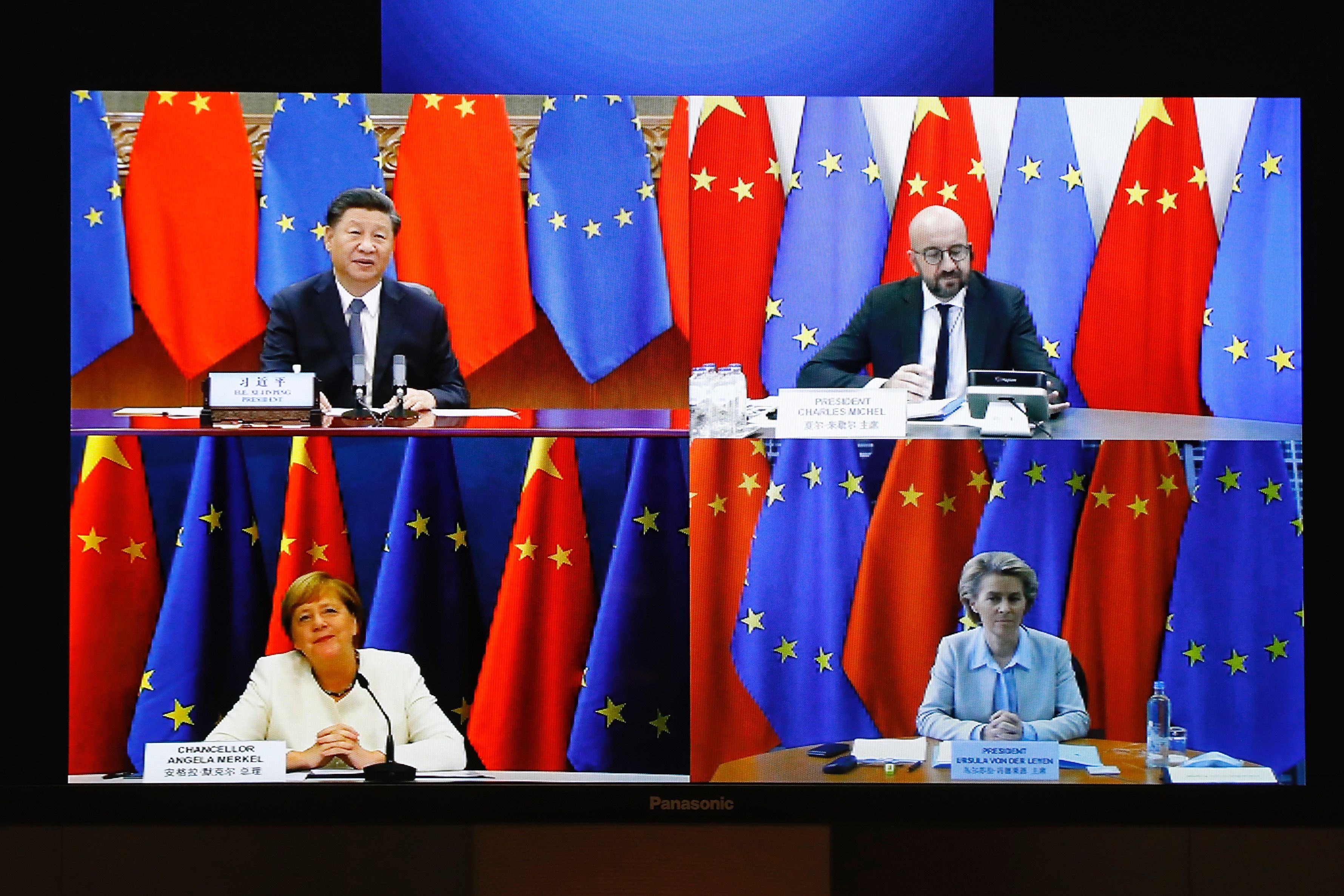Conclusion of Negotiations on the EU-China Comprehensive Investment Agreement

What have the parties agreed to?
The information available shows that China has declared a wider opening of its market to investments by European companies, although to a lesser extent than the EU expected. It gave partial concessions in the automotive (including electric vehicles), health, financial, and aviation sectors. The Chinese side also is to reveal the level of subsidies in services, but not in industry, which has long been a demand of the EU, also within the WTO. CAI does not contain a complex nor effective mechanism for verifying Chinese actions, for example, by means of arbitration. It also keeps the existing restrictions on investment both in the EU and in China. China has only declared its intention to ratify two conventions of the International Labour Organization (ILO) on the prevention of forced labour, but without a specific timetable, such as the one included in the recent EU-Vietnam trade agreement.
What are the prospects for ratification?
The text of the agreement (previously known only to the European Commission and probably the German presidency) will be presented to the EU Council and the European Parliament (EP) for approval in the coming weeks. Among the Member States, reservations about the CAI were previously reported by Poland, the Netherlands, Italy, and others. The concerns raised include the lack of transparency in the EC’s negotiations with China and the latter’s insufficient guarantees of compliance with its obligations (disputes are to be resolved on an ongoing political basis). Opposition to the agreement is also expected in the EP, mainly in the context of verification of the Chinese announcements, including ratification of the ILO conventions. For this reason, the completion of the ratification process and the adoption of the agreement by the Union, envisaged by the European Commission for the first half of 2022, is not a foregone conclusion.
What is the significance of the agreement for China?
The completion of the negotiations before the end of 2020 is a success for China, not least because of the limited nature of its concessions. It strengthens China in relations with the U.S. before the start of Joe Biden’s term of office. It indicates a lack of negative consequences for China in connection with its disinformation actions towards the EU during the COVID-19 pandemic and its diplomacy offensive towards Czechia, Lithuania, Sweden, and other Member States. It is also a proof of the European Commission’s vulnerability to Chinese tactics of expanding its influence in the EU’s neighbourhood. The Commission interpreted, for example, China’s trade talks with Norway as a threat to the Union’s interests. The CAI will most likely increase the presence of European enterprises and their technologies in China, which in turn will strengthen China’s goal of technological self-sufficiency. China’s declarations that it will ratify the ILO conventions probably will remain on paper, as has been the case with the International Covenant on Civil and Political Rights, signed by China in 1998 and not yet ratified.
What does the CAI mean for the European Union?
The current form of the agreement will increase investment opportunities for EU companies in China, although still not on a reciprocal basis. However, there are no mechanisms for verifying the Chinese announcements regarding, for example, an end to forced technology transfers or ratification of the ILO conventions. The EU human rights sanctions regime introduced on 7 December will not be effective in this context due to its dependence on Member States’ initiative because it gives China the possibility to exert influence on these individual decisions. The lack of transparency in adoption of the CAI by the EC also reduces the likelihood of a future common EU policy towards China. Despite objections from some Member States, the completion of the negotiations by the end of 2020 was pressed for by Germany and backed by France, which are large investors in China among the EU countries.
How will the agreement affect the transatlantic relationship?
Completion of the CAI negotiations before the end of 2020 is proof of the reluctance of the European Commission and the German presidency towards the idea of coordinating the approach to China with the US, including in international organisations and global policies. It does not mean, however, that the closer cooperation initiated as part of the EU-U.S. dialogue on China in October this year will be broken. However, the Biden administration’s trust in the EU, including in Germany, will decrease. The more so because U.S. willingness to discuss the CAI and EU policy towards China was signalled by Jake Sullivan, Biden’s candidate for national security adviser in the incoming administration. The rhetoric of the European Commission, emphasising the threat to EU interests arising, among others, from the U.S.-China “phase one” deal signed in January this year, is also not conducive to EU-U.S. cooperation.
What does the agreement mean for Poland?
Poland is not a significant source of investments in the Chinese market, but CAI, if implemented, may improve the conditions for the functioning of Polish companies in China. The same applies to Polish enterprises participating in global value chains and associated with companies from EU countries, mainly German. The scope of Polish business operations in China may, however, be limited, in part by the continuation of Chinese investment-control mechanisms or difficulties in resolving investment disputes. The CAI also will not reduce barriers to access to the Chinese market in sectors important to Poland, including food products.


